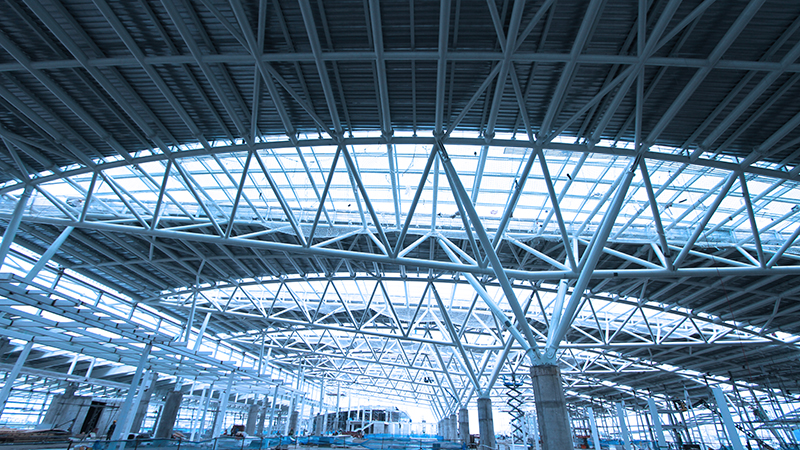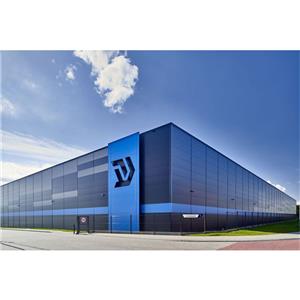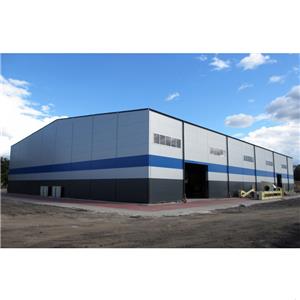What is steel structure design
Steel structure design is the process of designing and constructing structures made of steel. Steel structures are used for various purposes, such as buildings, bridges, towers, stadiums, etc. Steel structures have many advantages, such as high strength, durability, flexibility, and economy.

There are different methods of steel structure design, such as simple design, continuous design, and semi-continuous design1. These methods are based on how the joints between the steel members are idealized and analyzed. In simple design, the joints are assumed to be pinned, meaning they can only transfer forces but not moments. In continuous design, the joints are assumed to be rigid, meaning they can transfer both forces and moments. In semi-continuous design, the joints are assumed to have some degree of semi-rigidity, meaning they can transfer partial moments depending on their stiffness.
The design process for structural steel includes the following major steps:
Design the building geometry (usually led by an architect), considering function, occupancy, adjacency, and massing.
Calculate gravity and lateral loads (such as wind and earthquake) acting on the structure using codes and standards.
Select appropriate steel sections and connections for the members based on strength, stability, serviceability, and constructability criteria.
Perform structural analysis and design using software tools or manual calculations to check the adequacy of the members and connections.
Prepare detailed drawings and specifications for fabrication and erection of the steel structure.
There are also various resources and guides available for steel structure design, such as the American Institute of Steel Construction (AISC) publications, which provide comprehensive information on topics related to structural steel design and construction.




